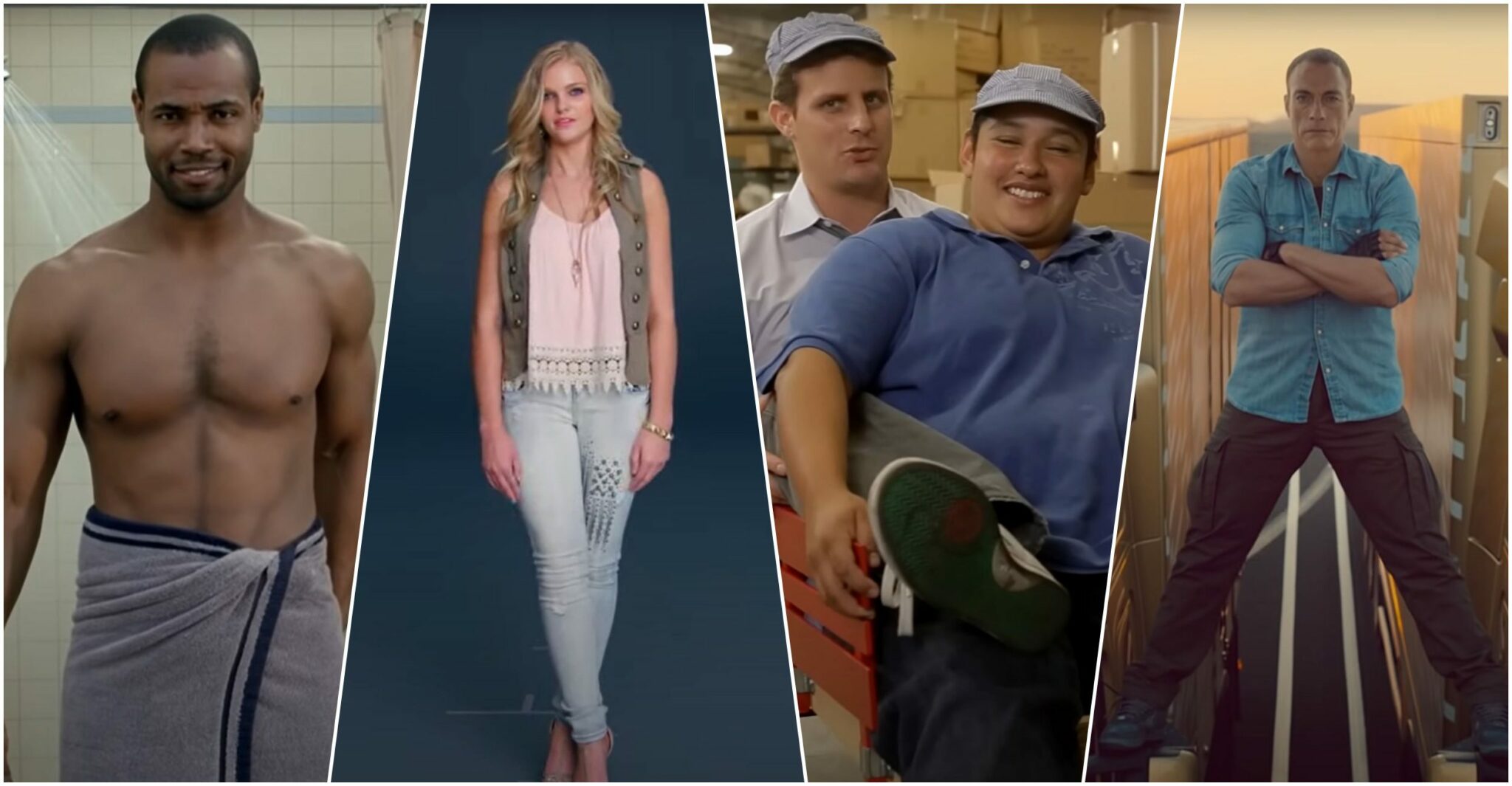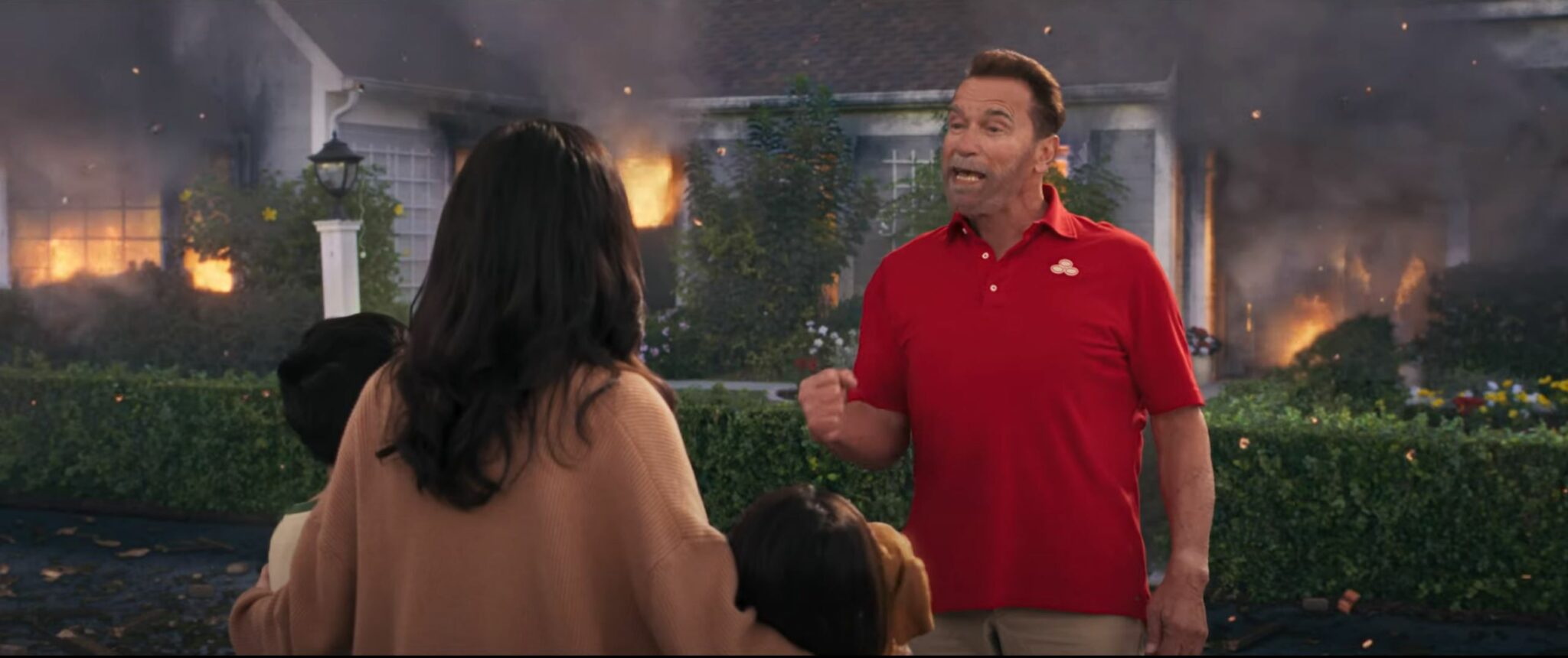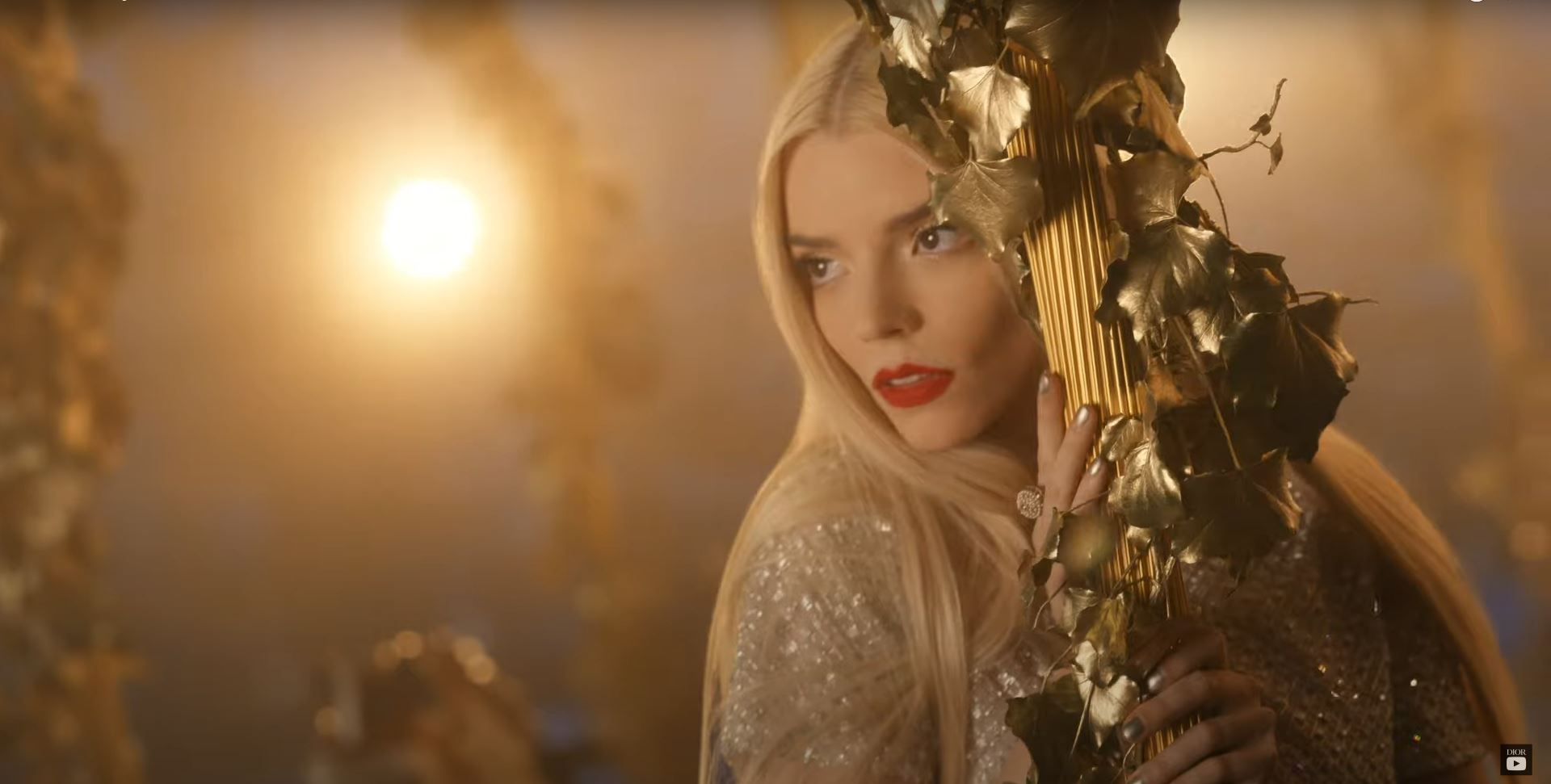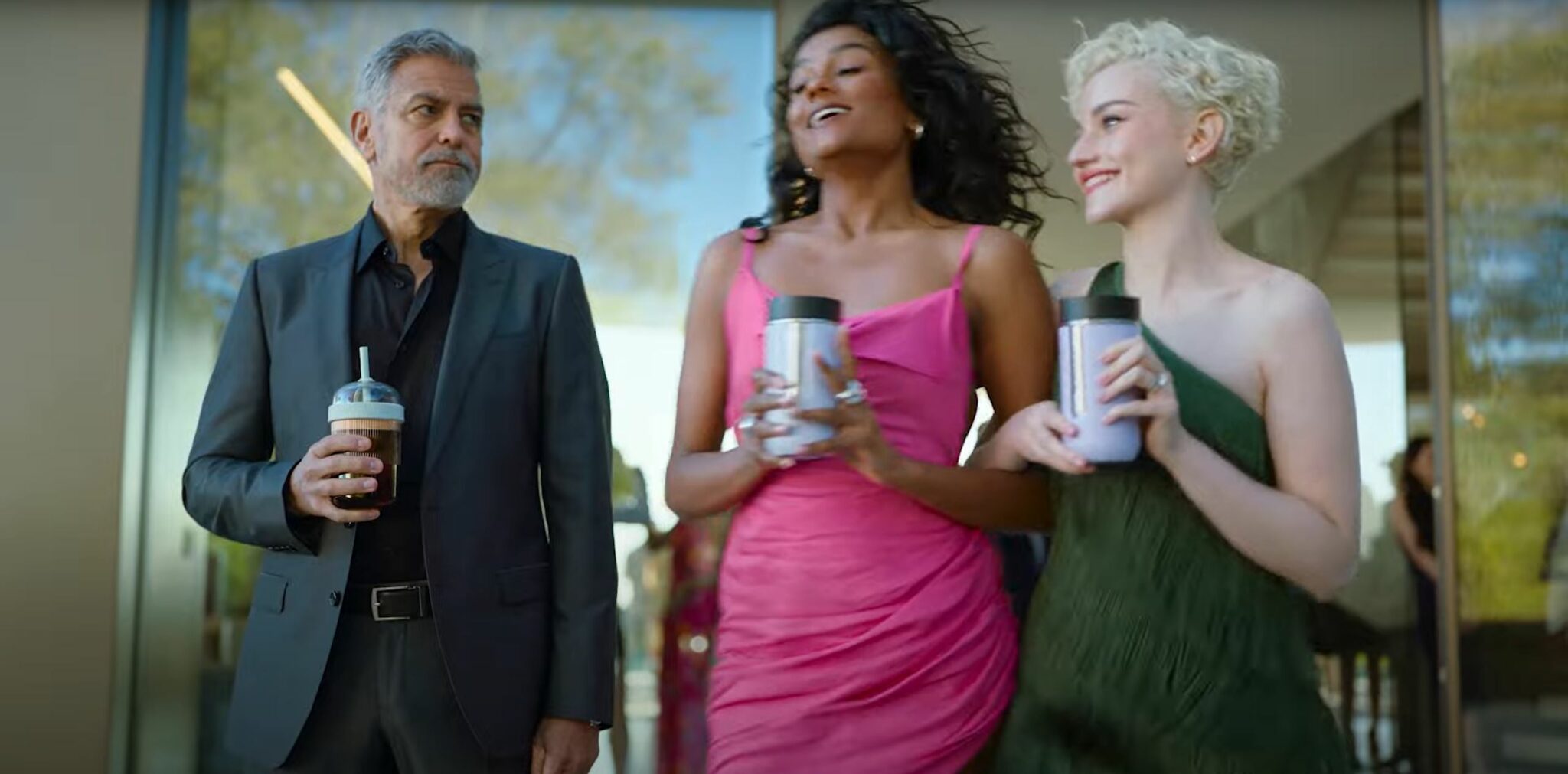In an age where attention spans are shrinking and consumers are constantly bombarded with content, creating a video commercial that stands out is no small feat. Yet, some brands manage to do it successfully, creating commercials that capture attention and go viral. This article will explore the Top 10 video commercials that went viral, delving into the secrets behind their success. Also, we’ll find the answer to the question, “Viral Ads should be funny?”
Nike – “Dream Crazy” (2018)
This inspirational ad featuring Colin Kaepernick, Serena Williams, and other athletes encouraging people to “dream crazy” became an internet sensation overnight. The emotional storytelling, paired with powerful visuals and a strong social message, resonated with a global audience. Next year, in 2019, it was a sequel of this ad: Dream Crazier
Dove – “Real Beauty Sketches” (2013)
Dove‘s campaign challenged societal perceptions of beauty, using a forensic artist to highlight the difference between how women view themselves and others. The campaign’s success lies in its universal relatability and its emotionally charged content.
Old Spice – “The Man Your Man Could Smell Like” (2010)
The Old Spice commercial combined humor and surprise elements with a quick-paced script, resulting in a viral sensation. The charismatic delivery by actor Isaiah Mustafa kept viewers engaged and entertained, proving that humor can be an effective tool in advertising.
Evian – “Roller Babies” (2009)
Evian’s commercial featuring roller-skating babies was quirky, unexpected, and wildly entertaining, which led to its virality. The blend of humor, cuteness, and impressive CGI made it an Internet sensation. It was a sequel in 2019: The Baby Bare Necessities
Budweiser – “Whassup” (1999)
This commercial featuring friends greeting each other with an exaggerated “Whassup” became a pop culture phenomenon. Its simplicity, relatability, and catchy phrase made it easy to remember and share, leading to its viral success. In 2020 Budweiser unveiled a sequel that updates the well-known advert “Whassup?” to the smart home era theme.
Volvo Trucks – “The Epic Split feat. Van Damme” (2013)
Jean-Claude Van Damme’s epic split between two moving Volvo trucks was a masterclass in tension and drama. The spectacle, paired with Enya’s atmospheric music, created a memorable and shareable moment that viewers couldn’t resist.
Apple – “1984” (1984)
Apple’s “1984” commercial, aired during the Super Bowl, was a cinematic spectacle that symbolized the battle against conformity. Its bold messaging and visual impact set a new standard for advertising, contributing to its viral nature.
Always – “#LikeAGirl” (2014)
This empowering commercial challenged gender stereotypes, turning a common insult into a powerful affirmation. The campaign’s success was rooted in its socially conscious message and emotional storytelling.
Dollar Shave Club – “Our Blades Are F*ing Great” (2012)**
This commercial’s success hinged on its humorous and unconventional approach. CEO Michael Dubin’s direct-to-camera delivery and fast-paced, absurdist style created a highly memorable and entertaining ad.
Metro Trains Melbourne – “Dumb Ways to Die” (2012)
This Australian PSA used catchy music, cute animations, and dark humor to deliver a serious message about train safety. Its unique approach made it one of the most viral commercials ever.
Why Did They Go Viral?
Each of these commercials has a unique reason for their success, but there are a few common threads. Emotional storytelling, humor, surprise elements, social messages, and relatability were crucial factors in their virality.
The Role of Humor in Viral Commercials: A Decisive Factor or Just a Component?
In the world of advertising, humor is often seen as a powerful tool for capturing audience attention and making content shareable. But is humor truly a decisive factor in the virality of a commercial, or is it just one of many components that contribute to success? In this article, we will explore the role of humor in viral commercials and whether it is the critical ingredient to make an ad go viral.
The Power of Humor in Advertising
Humor is a universal language that transcends borders, age groups, and demographics. It has been used effectively in advertising for decades, as it can:
- Grab attention: Funny commercials can break through the clutter of the average consumer’s daily content overload, making them more likely to remember the ad and the brand it promotes.
- Evoke positive emotions: Humor can elicit feelings of happiness, joy, and amusement, creating positive associations with the brand and making consumers more receptive to its message.
- Encourage sharing: People love sharing funny content, making humorous commercials more likely to be shared on social media platforms and through word-of-mouth, increasing their reach and potential impact.
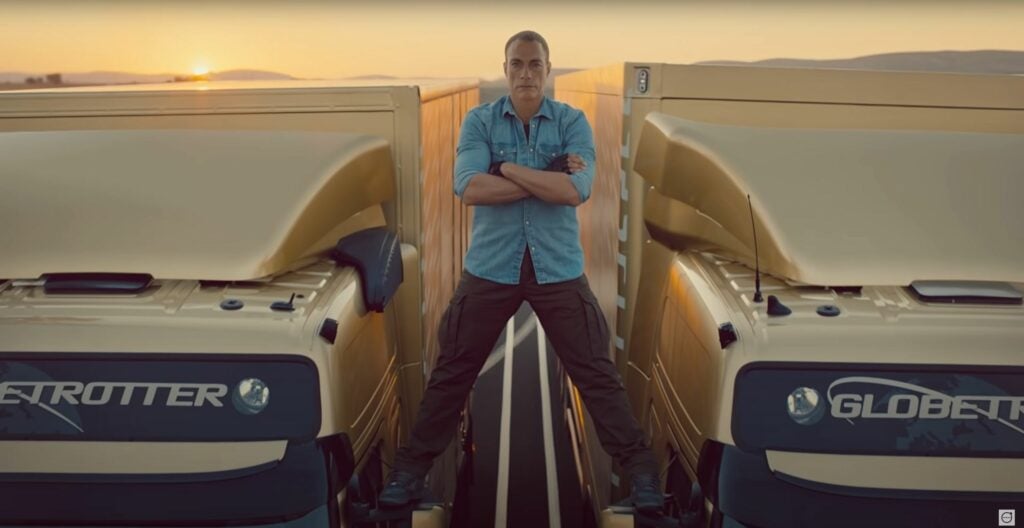
Successful Viral Commercials without Humor
While humor can certainly contribute to a commercial’s success, it is not always the key factor. There are countless examples of viral ads that do not rely on humor, such as Nike’s “Dream Crazy” or Dove’s “Real Beauty Sketches.” These commercials focus on emotional storytelling, social messages, or unique visual elements to create a lasting impact and generate shares.
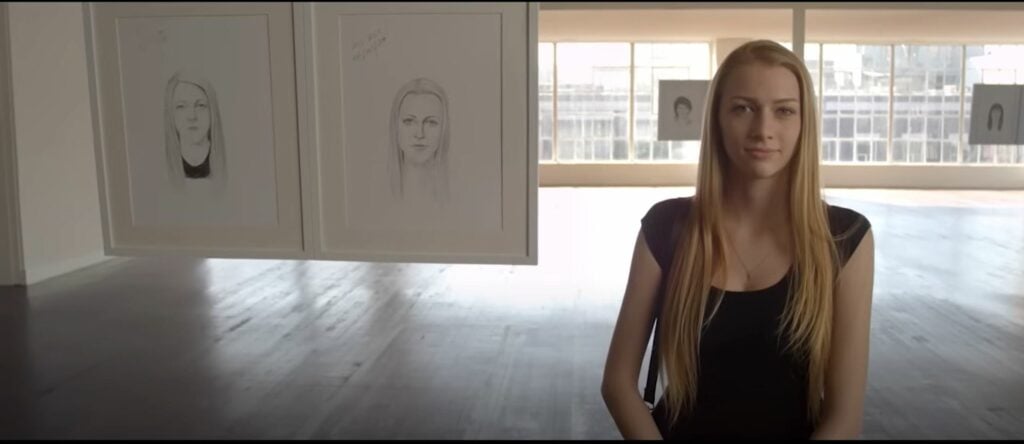
The Fine Line Between Humor and Controversy
Using humor in commercials can be a double-edged sword. While it has the potential to make an ad more memorable and shareable, it can also lead to controversy if the content is deemed offensive or insensitive. In such cases, the backlash may outweigh the benefits of the humorous approach. Brands must carefully consider their target audience and the potential risks of using humor in their advertising.
The Decisive Factor: A Holistic Approach
While humor can undoubtedly contribute to the virality of a commercial, it is not always the decisive factor. Viral commercials often have several common elements, such as emotional storytelling, a strong social message, or a unique visual element. Thus, brands should consider adopting a holistic approach when creating commercials, focusing on humor and other factors contributing to virality.
Humor is an essential component of many viral commercials but is not the only decisive factor. To create a successful viral commercial, brands should take a comprehensive approach, incorporating humor where appropriate while also focusing on emotional storytelling, social messages, or unique visual elements that resonate with their target audience. This combination of factors can ultimately lead to an advertisement’s widespread success and virality.
